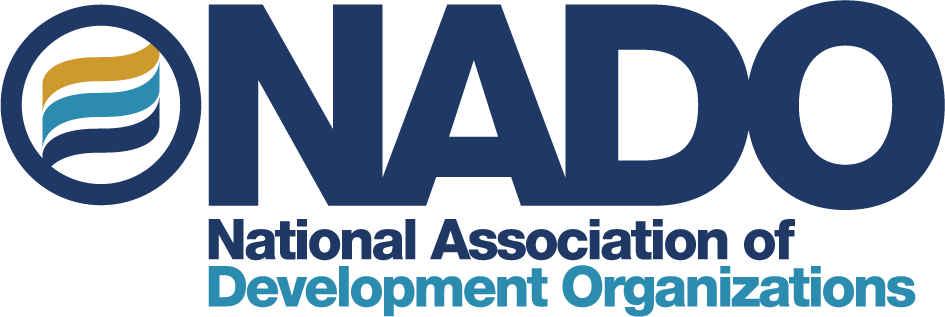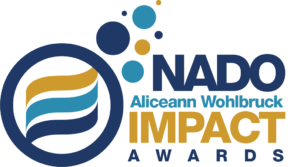

Engaging students in community development work is (much like teaching) more of an art form than a science. Teens’ schedules, needs, interests, and motivations for participating in the public process are often different than adults. Coordinators therefore should be flexible and accommodating when working with students on these projects.
The following are best practices and lessons learned that came out of Biddeford’s Heart and Soul community planning experience that educators, community leaders, and students may consider when pursuing their own local community development projects involving youth.
For Students
Find your passion and get involved. “Find what impassions you, drives you forward, scares the living daylights out of you, and at the end of the day feels purely right,” recommends Victoria Eon, former Biddeford High School student. While in high school, there are many opportunities to participate in clubs, activities, and service projects to become involved in the community and learn more about what interests you. In Biddeford, the two high school clubs that were active in organizing the mill tours were the drama club and the National Honor Society (NHS). “I was first introduced to these projects by the members of the National Honor Society when I was a junior,” says high school senior Tom Laverriere. “They recruited me to help with one of their events at the mills, and then I was hooked. Not only did getting involved in the community fulfill an NHS requirement, but I truly loved what I was doing.”
Create partnerships and build connections. The student participation taking place in Biddeford does not exist in a vacuum. Partnerships and connections have been established among students, the city, residents, local businesses, and the non-profit community. A good example of this is the relationship between the NHS, drama club, and the Biddeford Mills Museum to organize and coordinate the mill tours. “Networking is crucial. Nothing’s ever going to change (certainly not for the better, anyway) if people don’t connect with each other and truly get a sense of what the community offers,” says Tom.
Explore your family and community history. Biddeford students learned during the storytelling projects, community meetings, and mill tours that their family members and other residents are a wealth of knowledge about the community’s past – sometimes all you have to do is ask! Victoria Eon’s experience with organizing and performing in the mill tours helped her better connect to her own family’s history. “My own grandmother, once silent about her 33 years manufacturing sheets and linens at ‘the Pepperell’ suddenly couldn’t stop talking about her experiences in the mill,” she said.
Have patience. Community development projects take time, perhaps longer than you are in high school. Having patience and celebrating small victories along the way is very important. “Nothing is perfectly successful overnight,” says Tom. “It took years and a few seemingly failed attempts by various organizations before I noticed a positive change happening in Biddeford.” Both Tom and Victoria look forward to visiting Biddeford both during and post-college to see what positive changes are happening in their hometown.
For Educators/Youth Coordinators/Community Leaders
Find a willing partner in the schools. A major reason youth were so involved in these projects in Biddeford is because of the efforts of high school teacher Carolyn Gosselin to engage students through her class and to help organize outside activities. Holli Andrews, former youth coordinator at Heart of Biddeford, says she was proactive in “looking for an enthusiastic high school teacher that the kids liked.” Having a teacher who can get the students excited and passionate about these local issues can be critical for youth-driven projects. “I attribute much of the success of community projects I’ve been tied to [ to Carolyn],” says Tom.
Give students and teachers flexibility. “The Orton Family Foundation and Heart of Biddeford were very supportive and understanding that I have a curriculum that must be delivered for the school,” says Carolyn. “It is important to have a strong partnership between the classroom teacher and community organizers – if you don’t have that understanding, the project isn’t going to work.” Providing for flexibility and allowing the projects to be student and teacher-driven is important to get buy-in and continue momentum for these initiatives.
Ask students to participate in the process. Many young people do not participate in community projects because they have never been asked to contribute in a meaningful way. Many have never been asked what they like about their community, or what they want to see changed, or how to make it a better place to live. “Kids get excited to have someone ask them how they feel about their town,” says Holli Andrews. You might be surprised at the energy, enthusiasm, and strong opinions young people have about where they live. These are voices that must be part of the community planning process for it to be a truly inclusive effort.
Develop a local, place-based curriculum. Linking the Heartworks planning process to a high school English course allowed students to gain an entirely new perspective on learning about their town’s history and themselves. Carolyn and Holli developed a place-based curriculum that enables students to take ownership of an issue and learn more about it through conducting multimedia interviews and engaging in follow-up discussions with fellow classmates.
Genuinely listen to youth voices and incorporate their ideas. Engaging students in community conversations must be a genuine, sincere effort. Students can tell when they are being listened to and when they are just hearing lip-service. It is beneficial to “actively incorporate student ideas and show that they are valuable,” says former Heart of Biddeford executive director Rachael Weyand. One of the best ways to do this is to have a visual way of showing what the students have contributed, such as through creating word clouds, writing on a flip chart, or making posters that can hang on the walls. All of this sends the message to students that “I am being heard,” says Weyand.
_____________________________
The work that provided the basis for this publication was supported by funding under an award with the U.S. Department of Housing and Urban Development. The substance and findings of the work are dedicated to the public. The author and publisher are solely responsible for the accuracy of the statements and interpretations contained in this publication. Such interpretations do not necessarily reflect the views of the Government.


